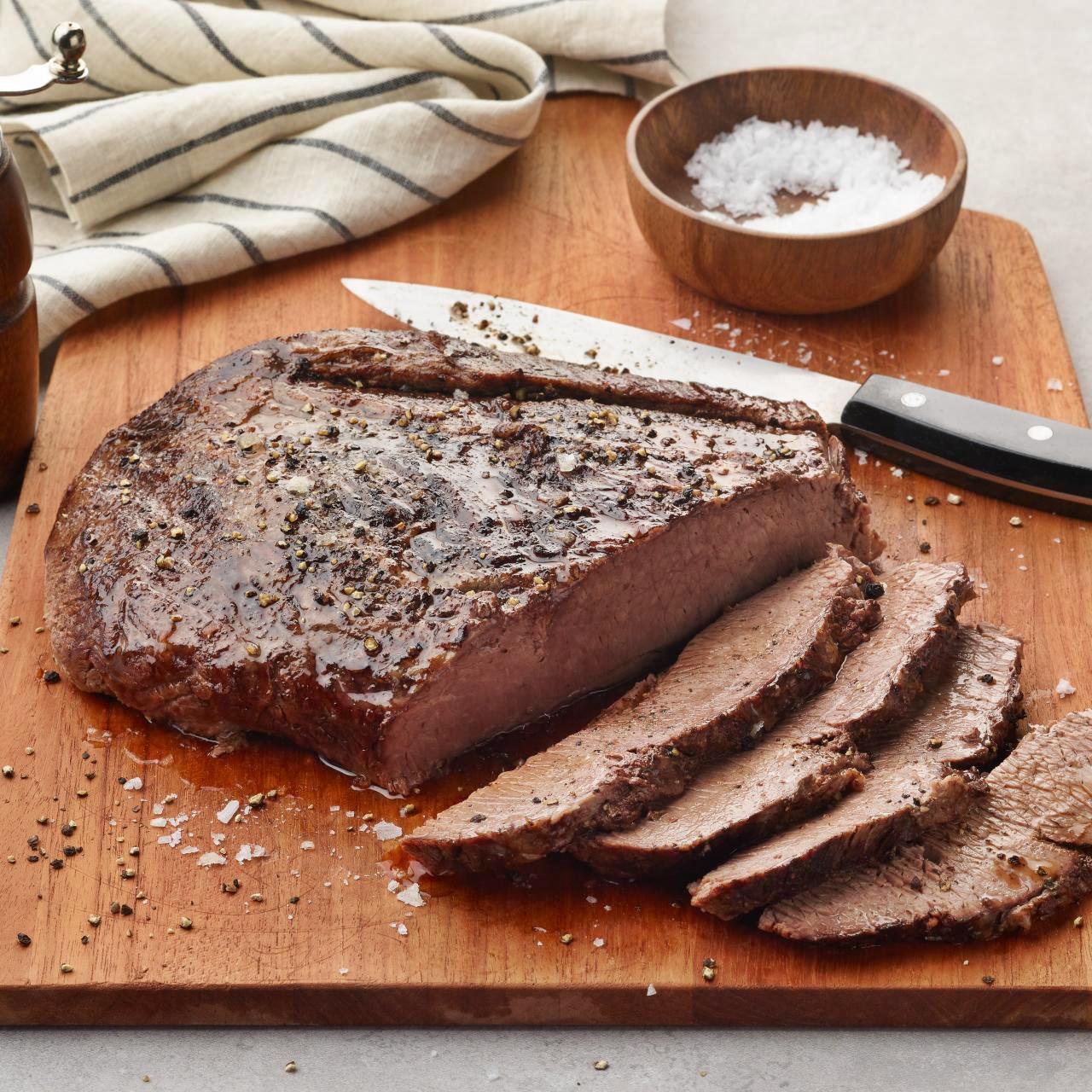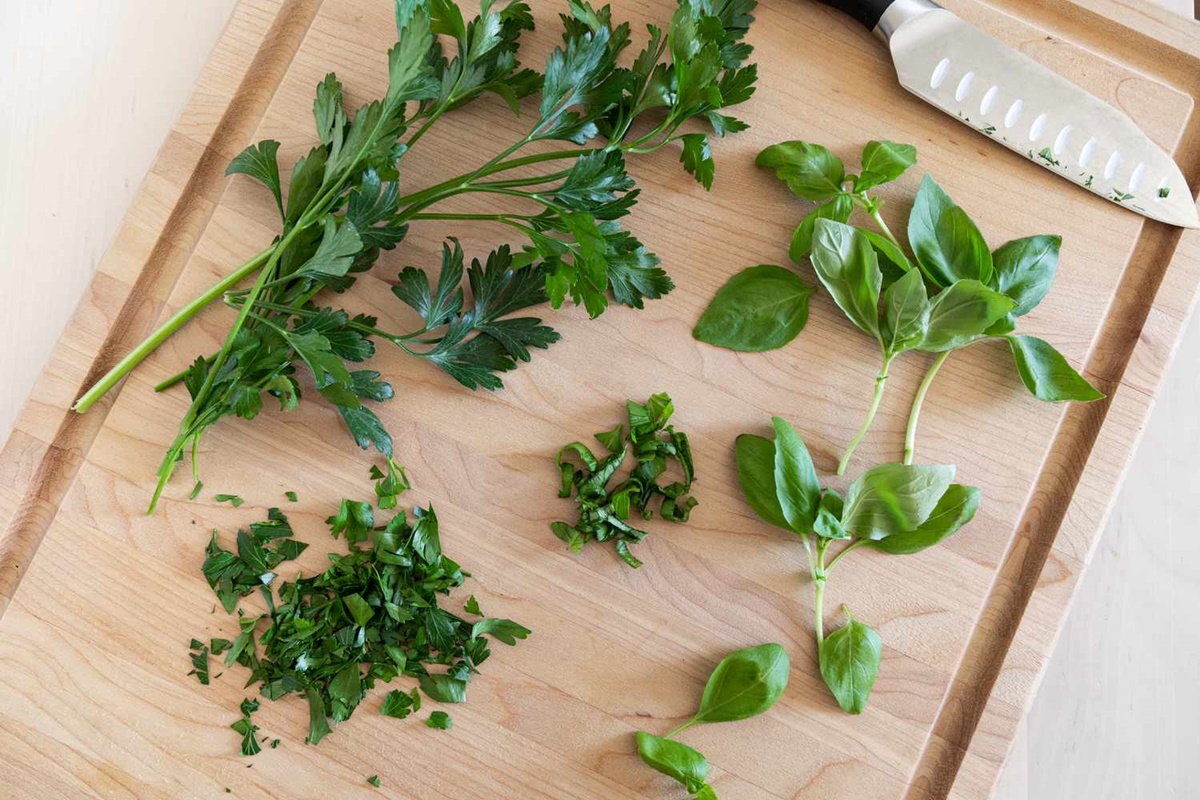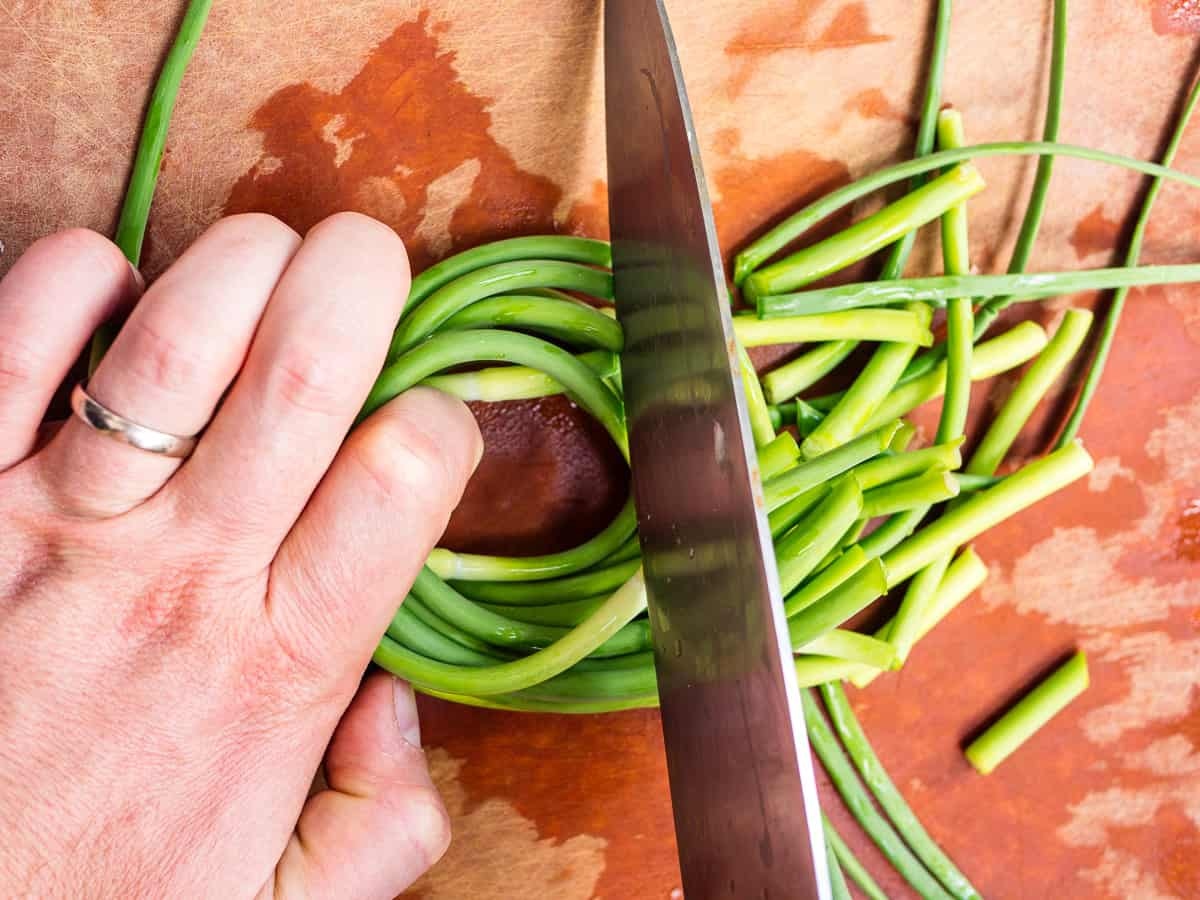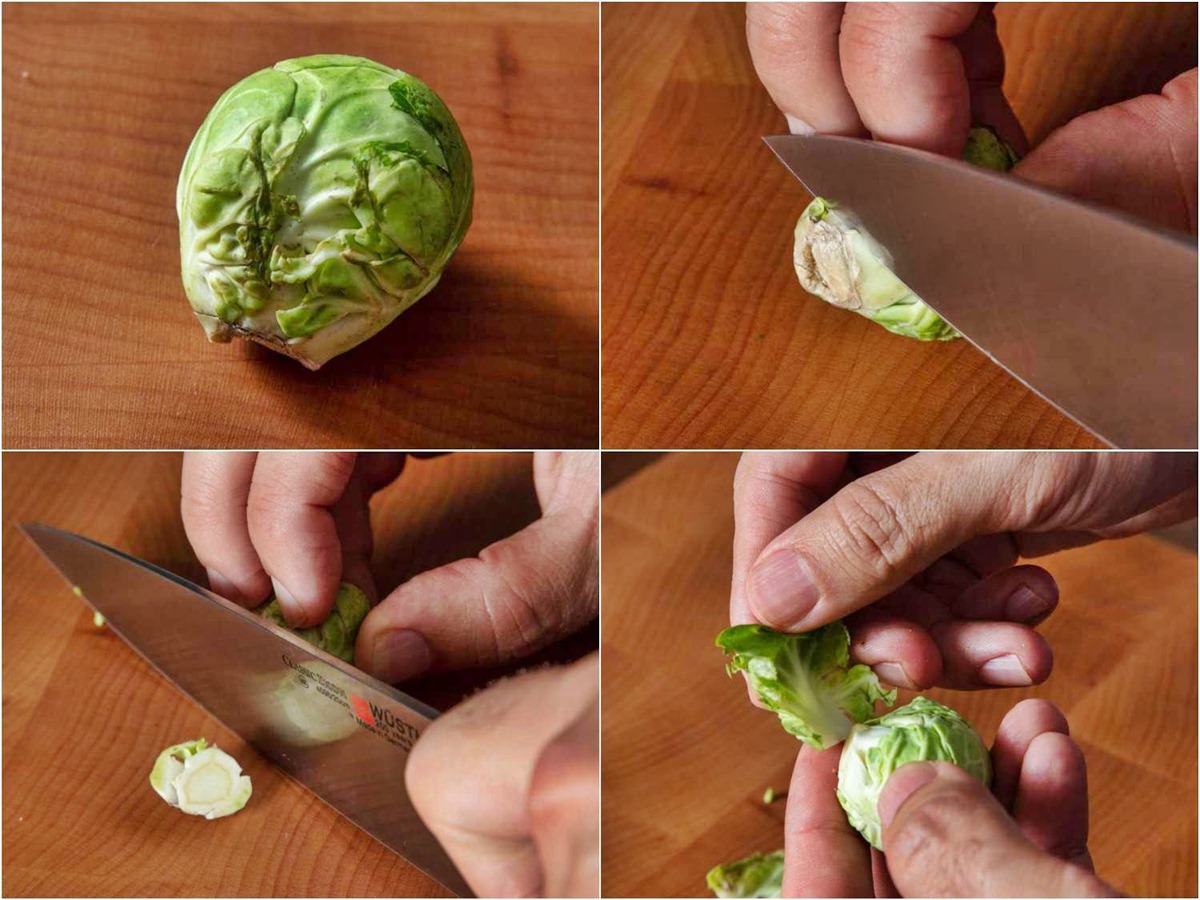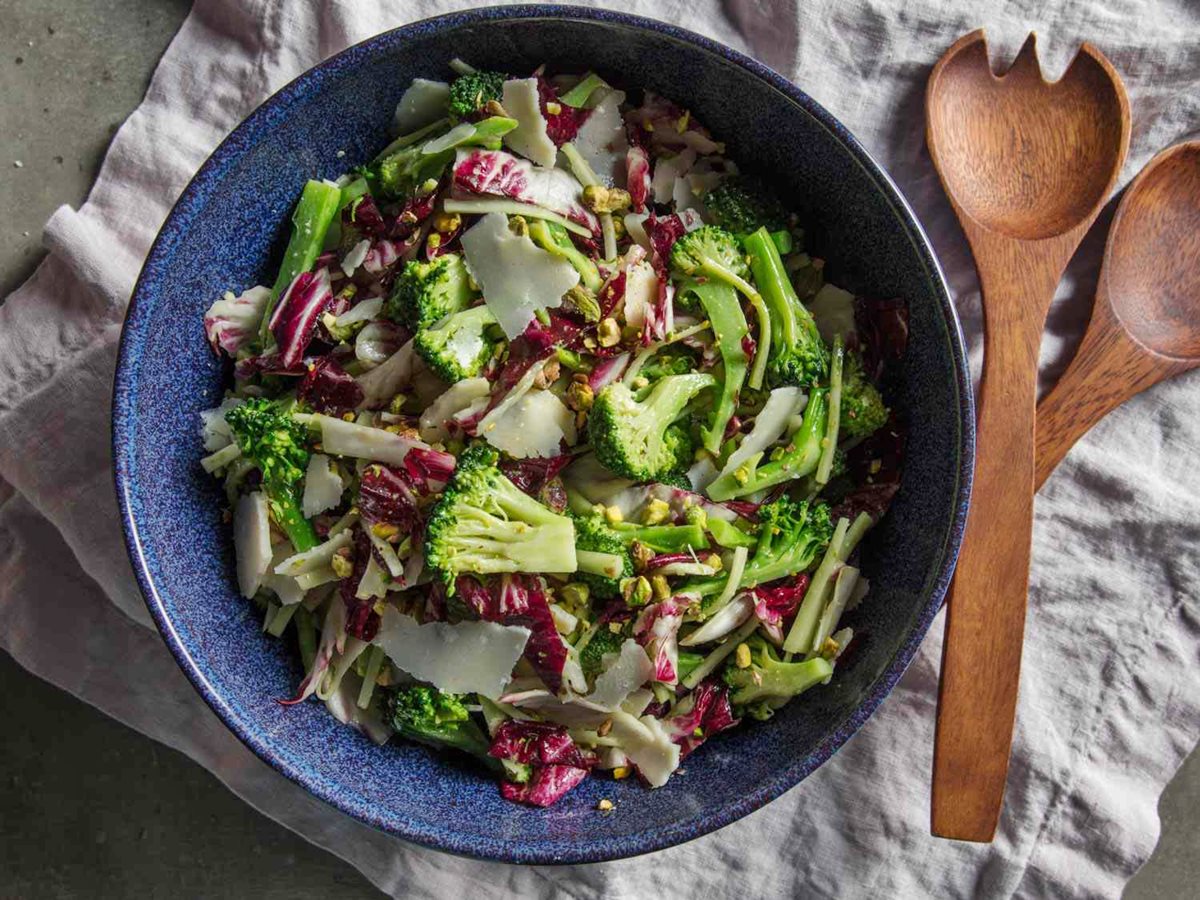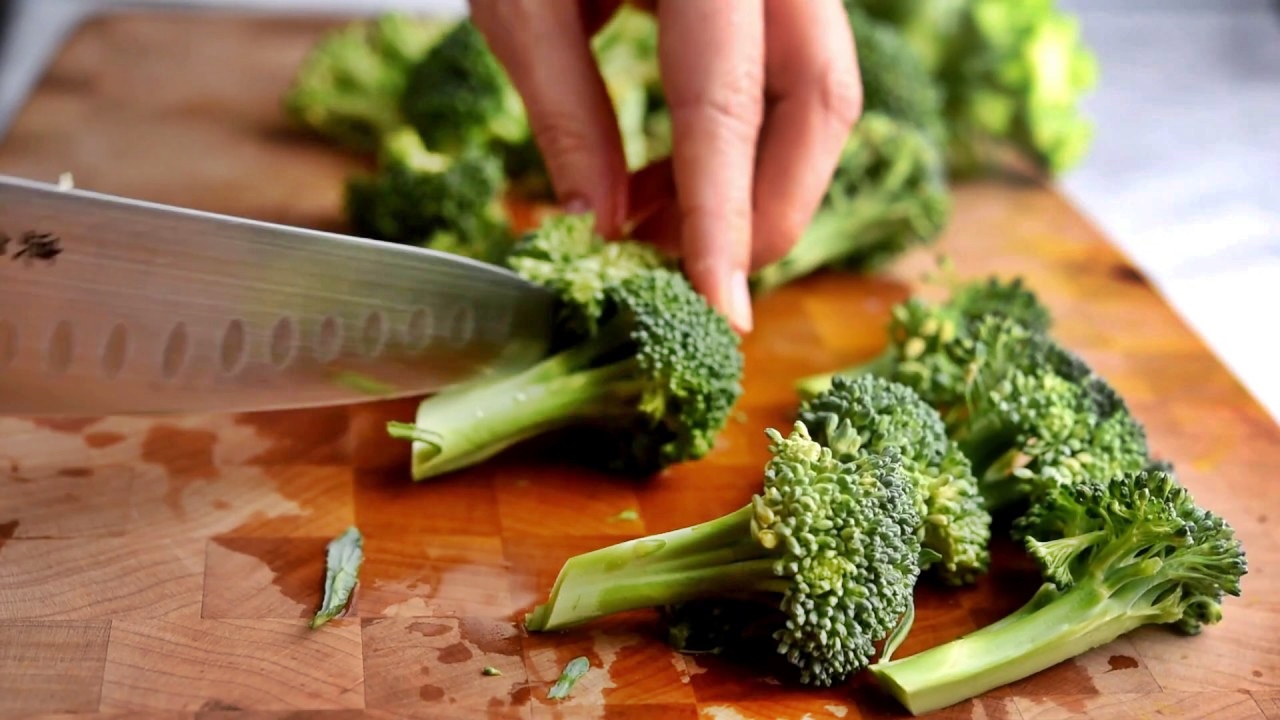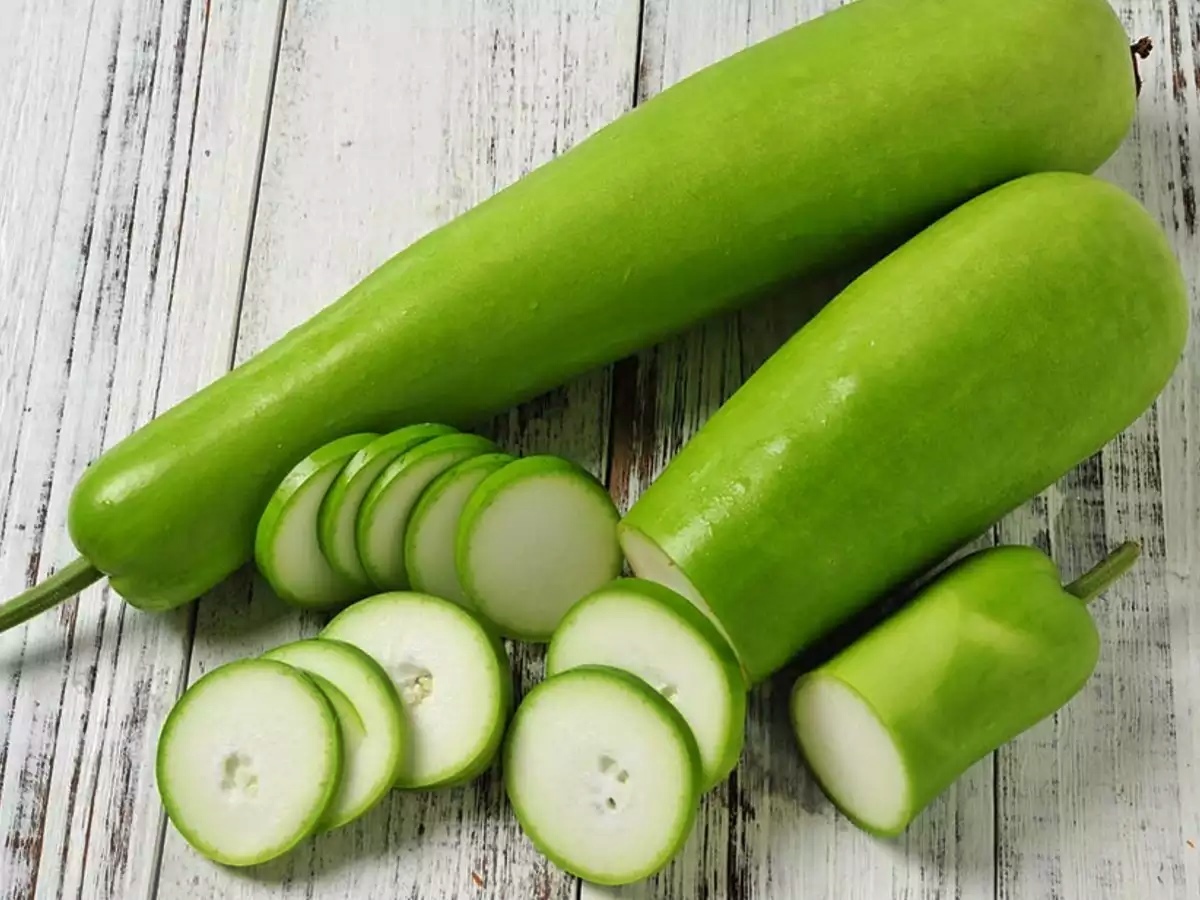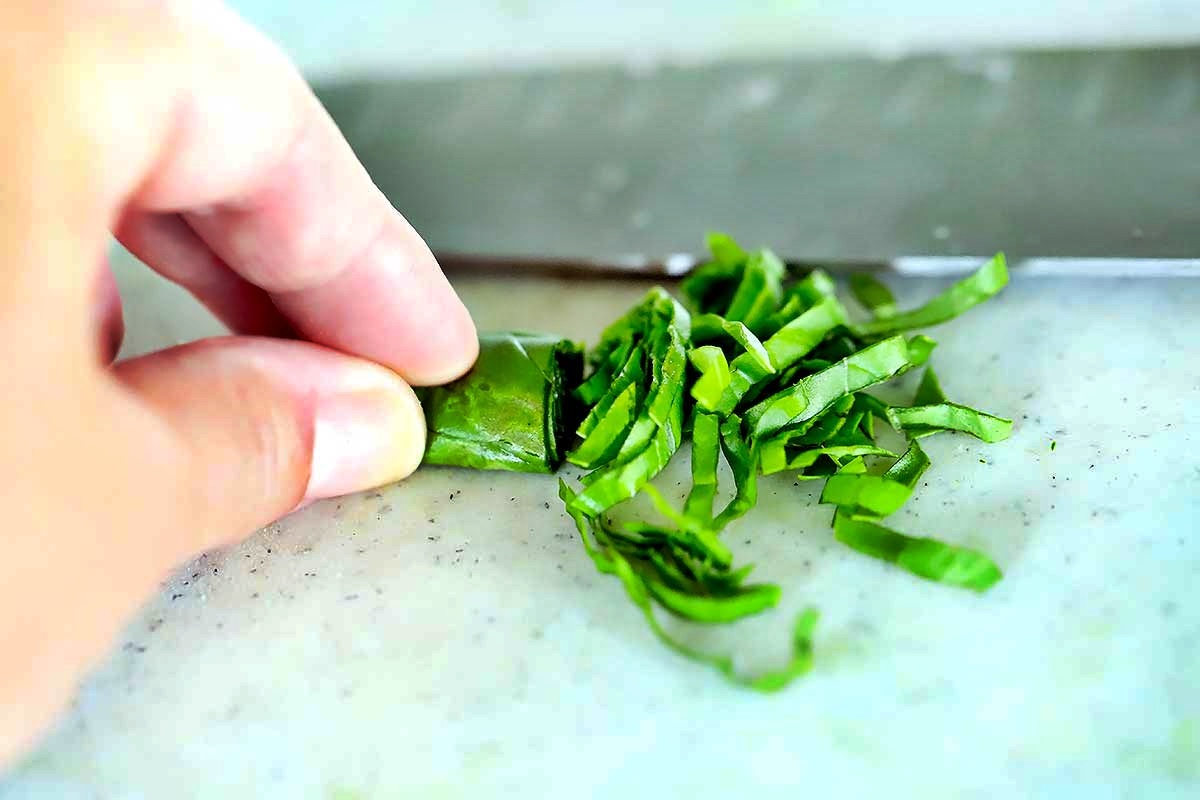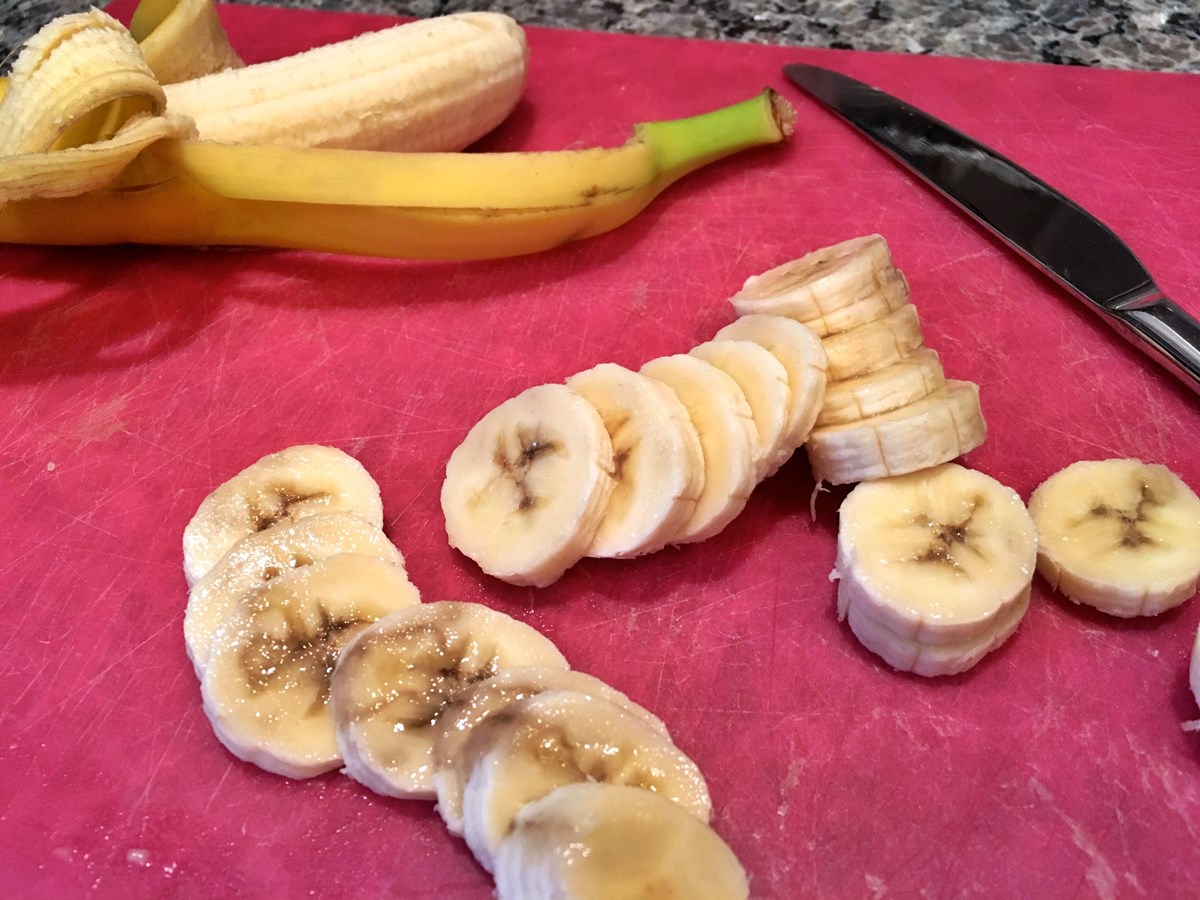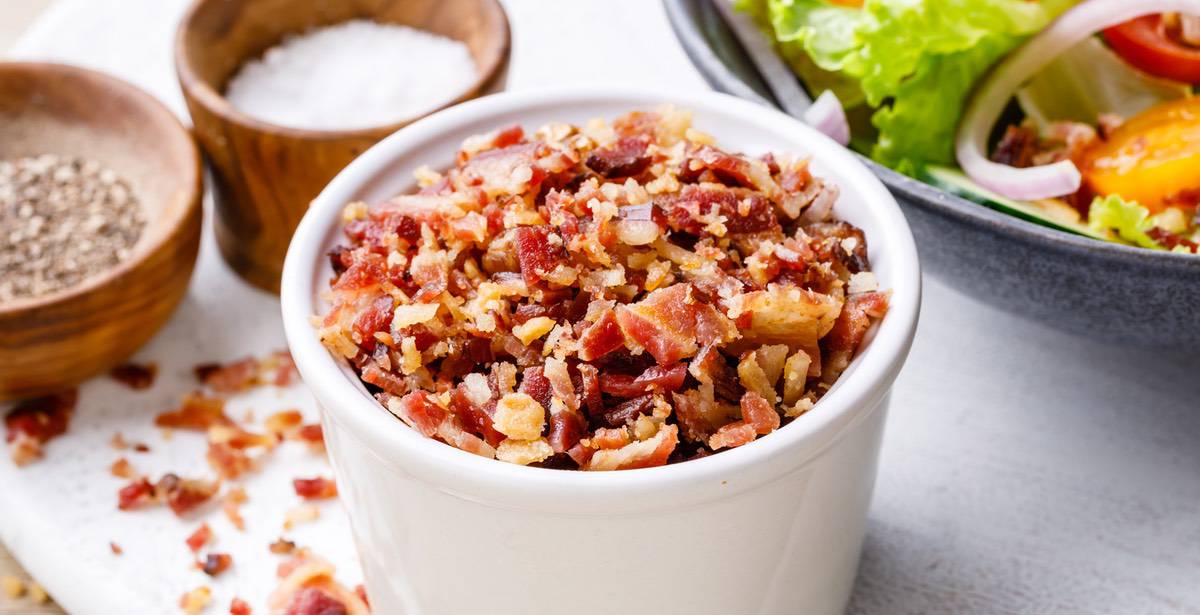How To Chop Cabbage For Kimchi
If you’re a fan of Korean cuisine, you’ve probably tasted the tangy and spicy flavors of kimchi. This traditional Korean dish is made by fermenting vegetables, with cabbage being the most common base ingredient. The way you chop the cabbage plays an important role in the texture and taste of your kimchi. Here’s a step-by-step guide on how to chop cabbage for kimchi.
1. Choose the right cabbage
Start by selecting a fresh and firm head of cabbage. Look for one that feels heavy for its size and has crisp, vibrant leaves. Napa cabbage, also known as Chinese cabbage, is the preferred variety for making traditional kimchi.
2. Remove the outer leaves
Gently remove the damaged or wilted outer leaves of the cabbage. These leaves may affect the texture and taste of your kimchi. Peel them off and set them aside for other culinary uses.
3. Prepare a brine
To ensure that your cabbage is evenly seasoned, dissolve salt in water to create a brine. The ratio is typically one tablespoon of salt for every four cups of water. Submerge the cabbage in the brine and let it soak for at least two hours. This step helps to draw out excess water and make the cabbage more pliable for chopping.
4. Slice the cabbage
After soaking, drain the cabbage well and remove any excess liquid. Place the cabbage on a cutting board and start slicing it into manageable pieces. You can chop the cabbage into bite-sized squares or long strips, depending on your preference. Remember to use a sharp knife for clean and precise cuts.
5. Season the cabbage
Transfer the chopped cabbage into a large bowl and add your desired kimchi seasonings. This typically includes a mixture of minced garlic, grated ginger, Korean red pepper flakes (gochugaru), fish sauce, and sometimes, a touch of sugar or a sweetener. Mix the seasonings well with the cabbage, ensuring that each piece is coated evenly.
6. Let it ferment
Once the cabbage is thoroughly seasoned, pack it into a clean, airtight container. Leave some headspace at the top to allow for fermentation. Let the kimchi sit at room temperature for a few days to ferment and develop its unique flavors. Make sure to burp the container daily to release any built-up gases. After the fermentation process is complete, transfer the kimchi to the refrigerator to slow down the fermentation and enjoy it for weeks to come.
Now that you know how to chop cabbage for kimchi, you can embark on your own kimchi-making adventure. Remember, experimentation is key when it comes to finding the perfect balance of flavors. So, grab your knife, cabbage, and kimchi seasonings, and get ready to savor the deliciousness of homemade kimchi!
Was this page helpful?
Read Next: How To Chop Cabbage For Slaw
